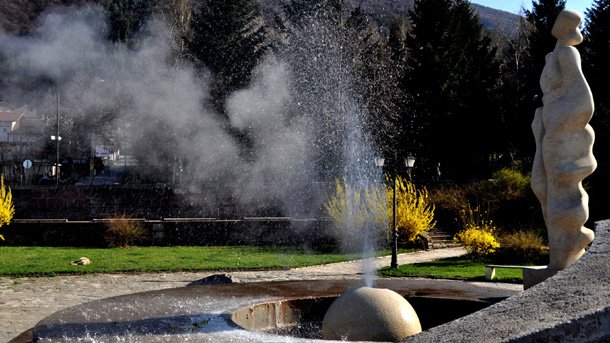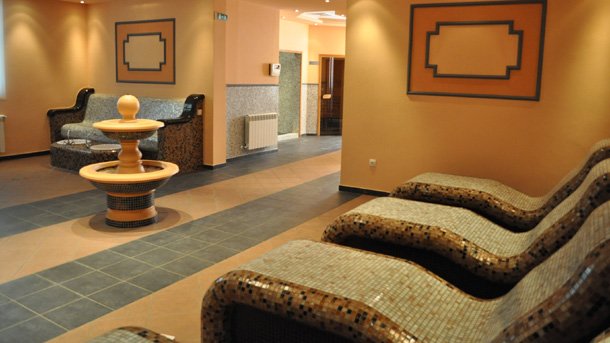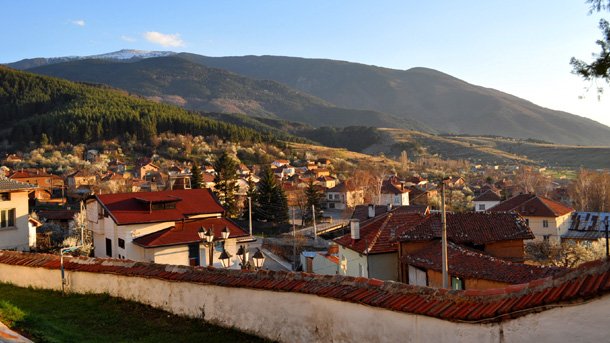
© Photo: Veneta Nikolova

© Photo: Veneta Nikolova
The new bath offers latest spa and wellness programmes
The boiling water pillar has turned into the tourist logo of the town. Its culinary reincarnation – the Geyser specialty can be tasted in one of the restaurants. It is a long spit with different kinds of meat that symbolizes the outbreak of the geyser, according to the restaurant’s owners. Despite being hot, the water of the geyser is curable too. Yet the ancient Romans discovered that quality of the geyser and they established a settlement there. Its remains were excavated back in 1950s, when spa tourism started to be developed. The water of the geyser is hyperthermal, slightly mineralized and with a smell of sulfide. It is really useful for treatment of diseases, related to the bones, the nerves, the skin and gynecological illnesses. Both hotels of the town and the new bath can offer you excellent spa procedures that are not expensive at all. Tourists also opt for one of the few family hotels that work all over the year.

© Photo: Veneta Nikolova
The town is calm and quiet and local routes would take you to virgin natural areas. One of those goes along the Valyavitsa River, crosses the Panichishte ski resort, situated nearby and takes to the Seven Rila Lakes, which are one of the most beautiful natural attractions of Bulgaria. The small village of Saparevo is situated next to Sapareva Banya with its beautiful church, named after the Holy Mother and built up in 1861 – 1864. It is a small replica of the church of the Rila Monastery. It was constructed on a sacred place, as the Holy Mother appeared before a local and told him to build a church. She prompted him where to dig, in order to find the money necessary. The cauldron that the man discovered has been preserved in the church since then. There are lots of old temples and monasteries in the region that are worth seeing, each of those with its own story or legend. The newly discovered Information center, situated downtown Sapareva Banya will give you further details on the options for accommodation and relaxation in the region.
English version: Zhivko Stanchev
St. Valentine's Day is the most long-awaited holiday for lovers and the Bulgarians have a special advantage as we can combine it with Trifon Zarezan- the holiday of wine. And when there is wine, there is love. This wonderful symbiosis..
Bulgaria’s Minister of Tourism Miroslav Borshosh held a working meeting in Brussels with Glenn Fogel, Chief Executive Officer and President of Booking Holdings. The meeting took place during Destination Europe Summit organized by the European Travel..
The flow of visitors to the Bulgarian stand at the 28th East Mediterranean International Tourism & Travel Exhibition EMITT does not stop. The exhibition is held until February 7 in Istanbul and is among the five largest tourism..
St. Valentine's Day is the most long-awaited holiday for lovers and the Bulgarians have a special advantage as we can combine it with..

+359 2 9336 661
